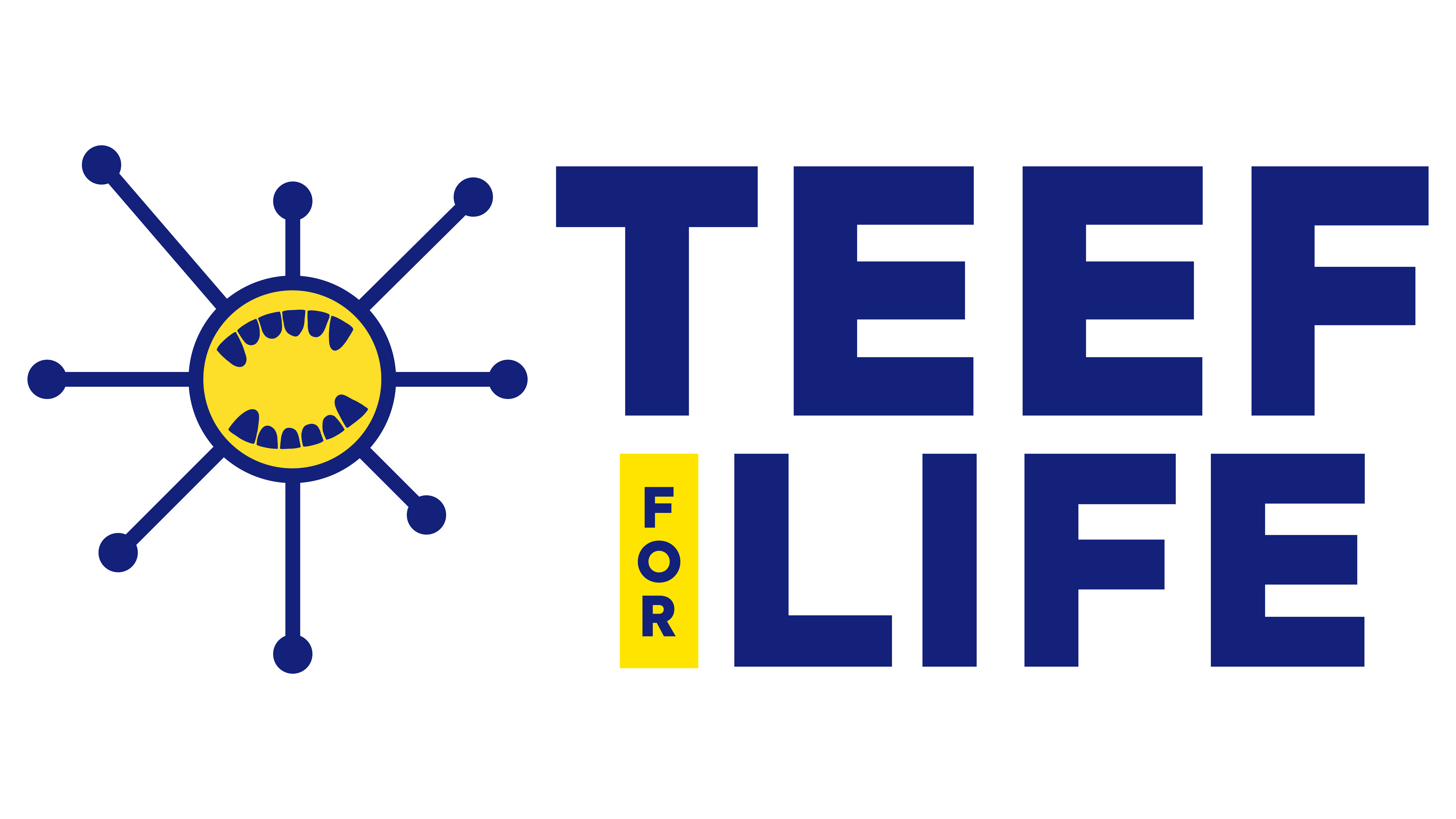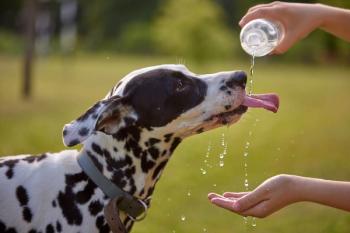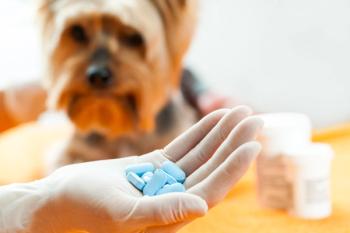
The importance of the oral microbiome in promoting and maintaining dental health

The relationship between oral mucosal immunology and microbiology, to oral health and disease in small animals is examined.
Content submitted by Teef, a dvm360 Strategic Alliance Partner
A recent article about an experimental strategy for mucosal delivery of a toll-like receptor (TLR)–based immunotherapeutic in a veterinary journal noted an unexpected finding—that oropharynx administration of the immunotherapeutic, which activates the mucosal immune system, did not disrupt the oral microbiome.1 Although this finding was interesting to the investigators, it is unsurprising to microbiologists. In medicine, one is taught that the immune system is critical for keeping pathogens at bay. However, studies during the past century have shown that an increasing list of microbes can circumvent the immune system and modulate immune cell activation/tolerance mechanisms for their own gain.2,3
Furthermore, decades of research data show that animals and people have a robust seeder reservoir that we inherit from our maternal microbiome donor and that it is very, very difficult to influence for a prolonged period with antibiotics, drugs, and antiseptics.4
So how does the clinician modulate the oral microbiome—the most significant driver of dental diseases in dogs and cats—to promote or maintain dental health?
Think of the immune system as a stool. A normal functioning immune system is balanced; it plays a surveillance role upon activation, is capable of a tempered immune response to clear infection, helps repair wounded tissue, and clears dead or dying cells and cellular debris. The most important feature of a healthy immune system is that it quiets back down and goes into surveillance mode again.
A healthy immune system is dependent upon genetics, the microbiome, and diet. Healthy dogs and cats consume a diet of diverse whole proteins with low carbohydrates. A healthy microbiome has diversity with a higher amount of beneficial bacteria and a very low level of pathogens. A healthy genetic profile does not contain many mutations; most mutts have very few mutations associated with diseases.
A normal functioning immune system is tolerant of the microbiome that inhabits its host, which means that it does not activate. This is a good thing. In dogs and cats whose immune systems are persistently stimulated, chronic low-grade inflammation ensues, which leads to tissue destruction if left unchecked. In the mouth, the result can be stomatitis, gingivitis, periodontitis, and oral cancers.1,5-8
When the immune system starts to attack its own microbiome or its own host tissues, it is called “breaking” tolerance. In periodontal disease, the immune system degrades the periodontal ligament that holds the tooth in place.
One of the legs of the stool is genetics. Sadly, most dogs are inbred and have accumulated mutations, so most patients are already predisposed to inflammatory diseases such as dental disease. Because the clinician cannot change the genes, they can instead monitor C-reactive protein and interleukin 6 levels in the blood, which are good markers that indicate inflammation in the animal.9-11
Short, periodic administration of nonsteroidal anti-inflammatory drugs (NSAIDs) can knock down that inflammation on a temporary basis. However, without eliminating the stimulus, the immune system will come raging back. While the patient is on NSAIDs for 7 to 14 days, work on the other 2 legs of the stool:diet and microbiome. AnimalBiome and Basepaws offer microbiome kits that allow the practitioner to investigate the impact caused by diet.
Most dogs and cats are fed the same food every day. This significantly increases the risk for food allergy, gut malabsorption, and dysbiosis (imbalanced microbiome). The fastest way to cause inflammation is to start feeding the microbiome with sugars and carbohydrates. These dietary ingredients feed pathogens directly or indirectly, which then grow out of control and persistently activate the immune system. In our studies, we see significant levels of Porphyromonas species, Tannerella forsythia, and other pathogens associated with dental disease in dogs that eat foods with rice, corn, potato, sweet potato, and other fillers.
Therefore, an impactful way to help the patient is to interrogate dietary ingredients. If there is brewer’s rice, starchy ingredients, chicken meal, or chicken byproduct in the diet, the likelihood that carbohydrates are a driver of inflammation is high.
Putting clients on a whole protein diet for 7 to 14 days while on the NSAIDs will quickly affect the microbiome. The clinician can also recommend micronutrients for the microbiome. Prebiotics are available for the oral microbiome as well as prebiotic fibers for the gut microbiome. Treating both the mouth and gut at the same time is essential for reducing inflammation. When treating the gut only, the oral microbiome can still decrease the effectiveness of gut probiotics and gut prebiotics.
Be warned: The microbiome is very powerful and controls the neurons that are involved in gut and bladder function. Improving the microbiome can cause adverse effects. These are self-limiting and usually last only 2 to 3 days (loose stool and/or frequent urination) while the sugar-starved pathogens leave the mouth and gut, so let pet parents know what to expect.
For National Pet Dental Health Month, it may have a positive impact on compliance if clients better understand the elements of the 3-legged stool. People often underestimate the importance and impact that the oral microbiome has on overall health.
References
- Wheat W, Chow L, Kuzmik A, et al. Local immune and microbiological responses to mucosal administration of a liposome-TLR agonist immunotherapeutic in dogs. BMC Vet Res. 2019;15(1):330.
doi:10.1186/s12917-019-2073-8 - Wilson BA, Winkler M, Ho BT. Bacterial pathogenesis: a molecular approach, 4th edition. ASM Press; 2019.
- Bizzell E. Microbial ninja warriors: bacterial immune evasion. American Society for Microbiology. Accessed December 2021.
https://asm.org/Articles/2018/December/Microbial-Ninja-Warriors-Bacterial-Immune-Evasion - Penders J, Stobberingh EE, Savelkoul PH, Wolffs PF. The human microbiome as a reservoir of antimicrobial resistance. Front Microbiol. 2013;4:87.
doi:10.3389/fmicb.2013.00087 - Harley R, Gruffydd-Jones TJ, Day MJ. Immunohistochemical characterization of oral mucosal lesions in cats with chronic gingivostomatitis. J Comp Pathol. 2011;144(4):239-250. doi:10.1016/j.jcpa.2010.09.173
- Krumbeck JA, Reiter AM, Pohl JC, et al. Characterization of oral microbiota in cats: novel insights on the potential role of fungi in feline chronic gingivostomatitis. Pathogens. 2021;10(7):904. doi:10.3390/pathogens10070904
- Anderson JG, Kol A, Bizikova P, et al. Immunopathogenesis of canine chronic ulcerative stomatitis. PLoS One. 2020;15(1):e0227386. doi:10.1371/journal.pone.0227386
- Anderson JG, Paster BJ, Kokaras A, Chen T. Characterization of the oral microbiome in canine chronic ulcerative stomatitis. J Immune Res. 2021;7(1):1037.
https://doi.org/10.1177/08987564211048659 - Lamont RJ, Chan A, Belton CM, Izutsu KT, Vasel D, Weinberg A. Porphyromonas gingivalis invasion of the gingival epithelial cells. Infect Immun. 1995;63(10):3878-3885.
doi:10.1128/iai.63.10.3878-3885.1995 - Tamai R, Sugamata M, Kiyoura Y. Candida albicans enhances invasion of human gingival epithelial cells and gingival fibroblasts by Porphyromonas gingivalis. Microb Pathog. 2011;51(4):250-254. doi:10.1016/j.micpath.2011.06.009
- Speakman EA, Dambuza IM, Salazar F, Brown GD. T cell antifungal immunity and the role of C-type lectin receptors. Trends Immunol. 2020;41(1):61-76. doi:10.1016/j.it.2019.11.007
Newsletter
From exam room tips to practice management insights, get trusted veterinary news delivered straight to your inbox—subscribe to dvm360.






